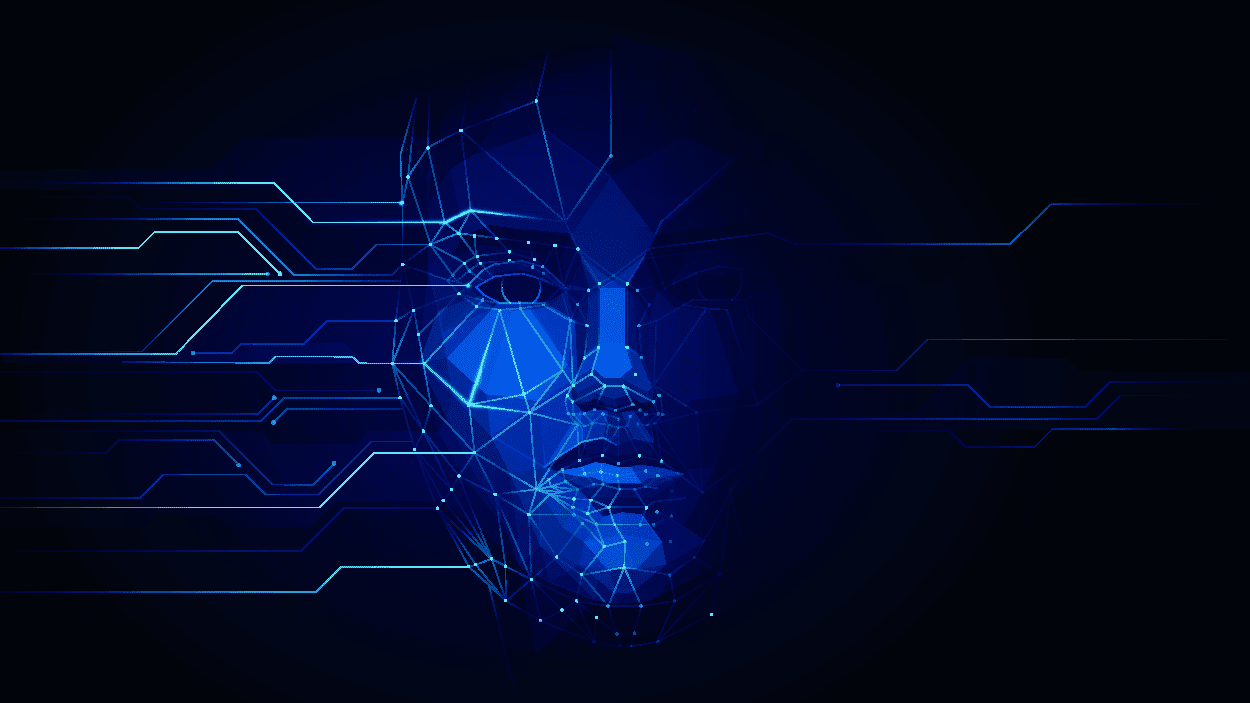Deep Learning is considered the most powerful tool to spot patterns in massive volumes of unstructured data. However, every problem needs relevant and effective decision-making. Deep Reinforcement Learning offers the capability to make productive decisions based on experience.
Algorithms are problem-solving tools that employ a pre-defined set of instructions to discover solutions. However, with the rise of deep learning in multidisciplinary applications alongside machine learning, deep reinforcement learning has become an ideal solution for complex problem-solving. It has evolved into one of the most efficient instruments to handle unstructured situations.
What Is Deep Reinforcement Learning?
Deep reinforcement learning is a type of machine learning and artificial intelligence (AI) in which machines learn from their actions in the same manner that people learn from experience. It’s like a simulation of the human experience. Actions taken by machines that lead to desired outcomes are appreciated and rewarded by reinforcing the action. However, actions with undesirable outcomes are penalized.
Deep reinforcement learning is one of the most intriguing applications of deep learning. It blends the functional approximation of deep learning with the optimization of decision-based systems. Unlike classical machine learning, deep reinforcement learning does not seek patterns. However, the goal is to find ways of optimizing the reinforcing function. There is no need for a statistical model to be used as a reference.
What Is Deep Reinforcement Learning Offering
Deep learning has already taken praise for simulating real-world settings. It also has the capability to solve many problems that have previously been difficult for machines to address. By tag-teaming deep learning with deep reinforcement learning, it is getting much easier to fix such challenges.
Simulating real-world experiences has long been the interest of technological fields. For instance, there have been rigorous breakthroughs in training robots for the real world. Even though there are intelligent robots that are trained to function in the real world, deep reinforcement learning can assist an intelligent robot in making the right choices of activities. Additionally, it can accommodate a smart robot to mimic humans based on successful or unsuccessful performances. More interestingly, it stores information about past performances to avoid mistakes in future performances.
What is even more amazing about deep reinforcement learning is, unlike traditional machine learning, it is possible to make judgments to maximize reinforcing functions using a dataset without using labels. This enables unprecedented outputs in situations when a certain performance is required even though the pathway to achievement is ambiguous. To further enhance the technology, huge improvements in algorithmic optimization, natural language processing, and computer vision were applied in deep reinforcement learning in several sectors, including the health, business, product development, and management fields.
The Current Reputation of Deep Reinforcement Learning
Over the past decade, an enormous volume of data has been generated from several sources. Deep learning operations have required an intensive amount of training as well as substantial computer capacity. On the other hand, adopting deep reinforcement learning has considerably dropped the cost of processing massive amounts of data. This in turn has opened opportunities for more industries to include technology in their operations.
We have witnessed how swiftly the pace of technology can change. Not long ago, AI and Deep Learning were buzzwords in the business world. Today, businesses are rapidly incorporating deep reinforcement learning skills into their platforms. The technology is increasingly getting incorporated into a variety of complex applications, such as recommending products based on varying customer preferences, predicting trends in dynamic environments, solving sophisticated managerial operations, forecasting the effects of decision-making, speeding up experiments, and so on.
The Future of Deep Reinforcement Learning
Machines with deep reinforcement learning capacity are widely popular in gaming, robotics, and supply chain management. According to AI experts, deep reinforcement learning is now at its ripe age to the point where it can be utilized in practical applications. In the future, they expect it to evolve into an even better version, Artificial General Intelligence (AGI).
In the present day, machines are perfectly capable of learning by themselves based on the outcomes of their own experience. In the future, the advancements in machine learning and AI appear to hold a promising foothold to exceedingly explore innovative deep reinforcement learning applications. Ultimately, the goal of deep reinforcement learning is to employ AI and create an optimized model that can perform a range of complex operations.
Photo: DR MANAGER/Shutterstock
You might also like:
Drones: Creating Enhanced Aerial Panoramas in the Media and Entertainment Industry
Support us!
All your donations will be used to pay the magazine’s journalists and to support the ongoing costs of maintaining the site.
Share this post
Interested in co-operating with us?
We are open to co-operation from writers and businesses alike. You can reach us on our email at [email protected]/[email protected] and we will get back to you as quick as we can.









